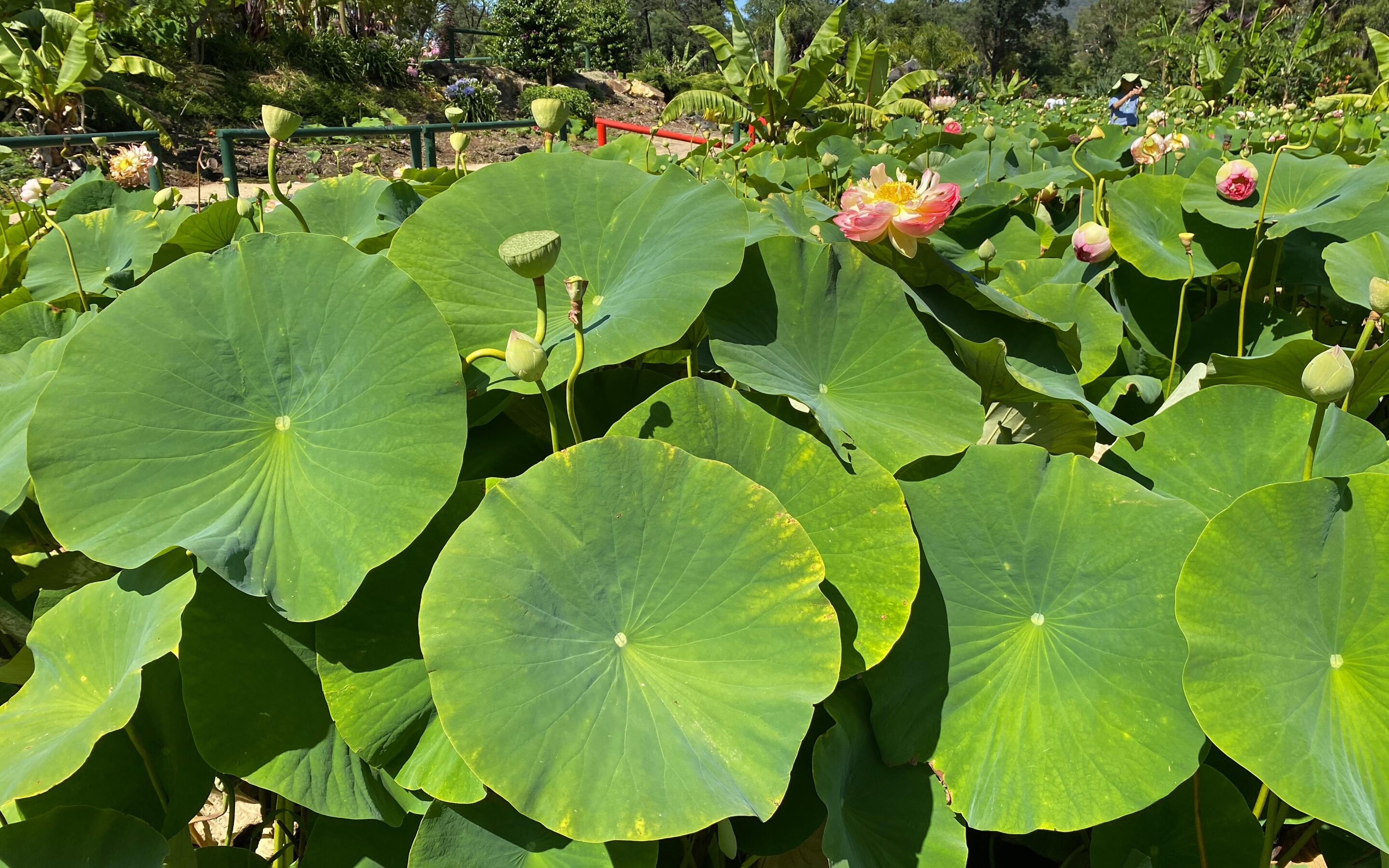Self-cleaning bioplastics repel liquid and dirt
Date: 11.2.2022
RMIT Ph.D. researcher Mehran Ghasemlou, lead author of the study published in Science of the Total Environment, said the new bioplastic was ideal for fresh food and takeaway packaging.
 "Plastic waste is one of our biggest environmental challenges but the alternatives we develop need to be both eco-friendly and cost-effective, to have a chance of widespread use," Ghasemlou said.
"Plastic waste is one of our biggest environmental challenges but the alternatives we develop need to be both eco-friendly and cost-effective, to have a chance of widespread use," Ghasemlou said.
"We designed this new bioplastic with large-scale fabrication in mind, ensuring it was simple to make and could easily be integrated with industrial manufacturing processes."
Ghasemlou said nature was full of ingeniously-designed structures that could inspire researchers striving to develop new high-performance and multifunctional materials.
"We've replicated the phenomenally water-repellent structure of lotus leaves to deliver a unique type of bioplastic that precisely combines both strength and degradability," he said.
The bioplastic is made from cheap and widely-available raw materials – starch and cellulose – to keep production costs low and support rapid biodegradability. The fabrication process does not require heating or complicated equipment and would be simple to upscale to a roll-to-roll production line, Ghasemlou said.























